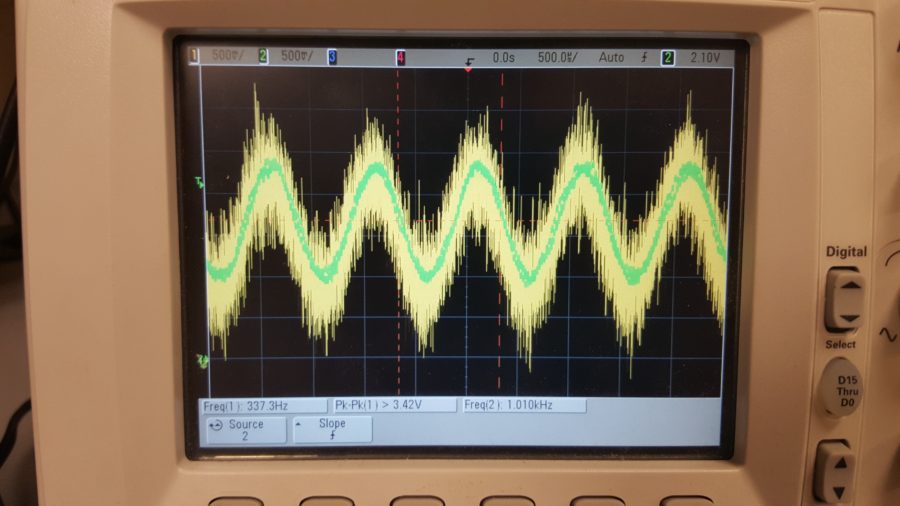Create a single board computer and demonstrate it running a monitor program.
A course called Microcomputer Design is offered at LeTourneau at the junior level. It is a project course. The task is to design, build and assemble, and then program a single board computer. I successfully completed this project using a 68000 microprocessor. Initially, my board was design to work with a USB as well as a serial interface, but this was quickly changed as both of my DUARTs were fried on power-on. My final design used a basic DUART connected about an inch above the board with a tangled mess of wires. In the end, I was able to load a monitor program onto the on-board flash/ROM and carry out some basic functions through the serial interface such as loading another program into the RAM for temporary operation.
The monitor program was written in 68000 assembly and was run on my board at 8MHz and interfaced with a serial port running at up to 57,600 baud.


